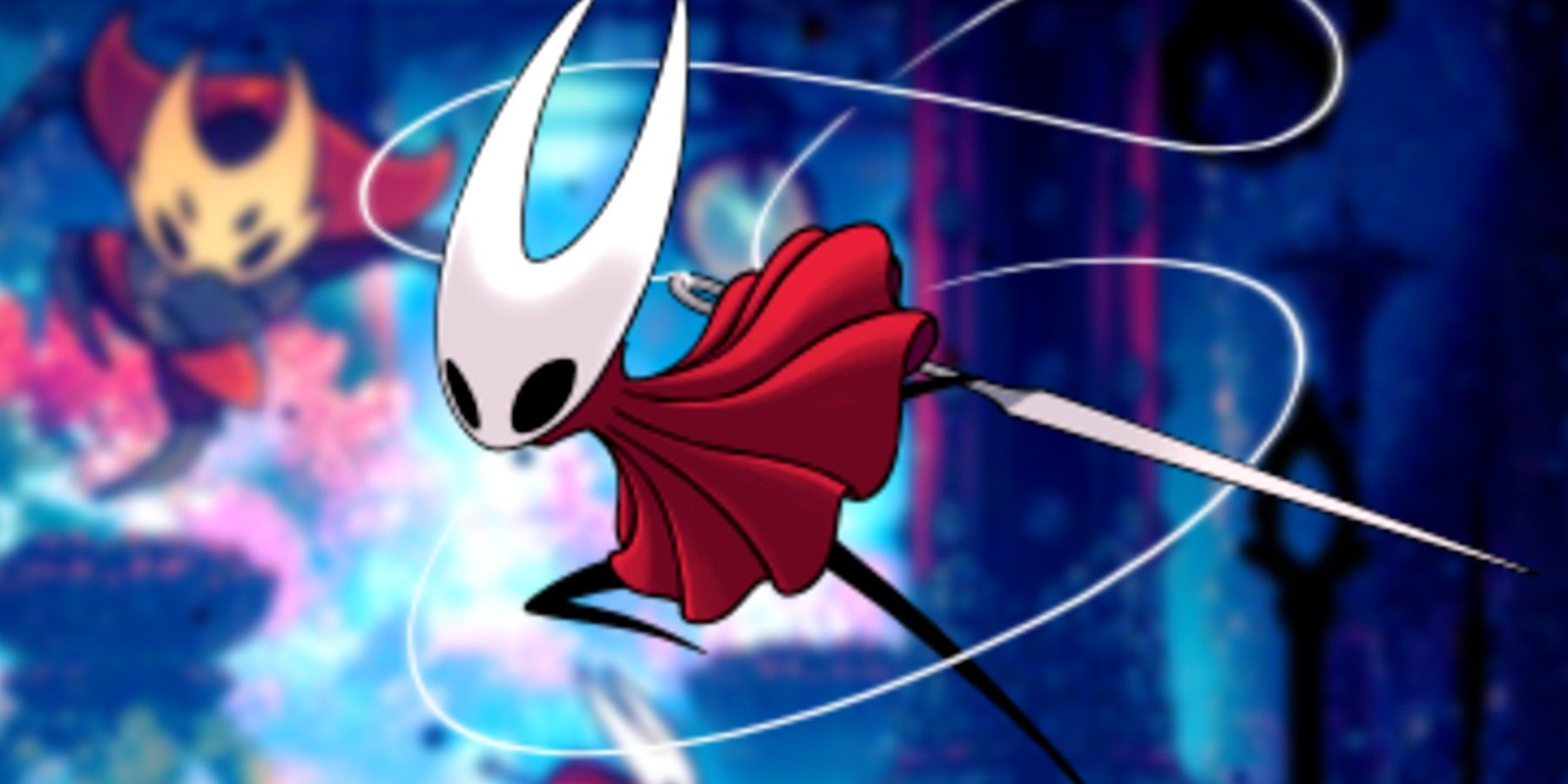The realm of Pharloom eagerly awaits the arrival of Hollow Knight: Silksong, the highly anticipated sequel from Team Cherry. While the game`s release date remains an elusive whisper, fervent fans and keen-eyed analysts scour every trailer and gameplay snippet for clues, not just about lore or new bosses, but about the very essence of its design. Recently, a subtle yet profound observation regarding protagonist Hornet`s movement has ignited discussions, pointing towards a deliberate and respectful nod to a foundational titan of the Metroidvania genre.
The Art of Anticipation: A Backstep into Legacy
In the vast tapestry of video game development, inspiration is a powerful thread. Great games often pay homage to the classics that paved their way, refining and reinterpreting established mechanics for a new generation. For Hollow Knight: Silksong, it appears Team Cherry is not only carrying the torch of its critically acclaimed predecessor but also acknowledging the genre`s rich history with elegant subtlety.
The particular focus of this newfound admiration is Hornet’s movement, specifically her directional change. Unlike many side-scrolling protagonists who simply “flip” their sprite to face a new direction, Hornet performs a distinct “backstep.” This animation sees her momentarily step back before turning, lending a unique fluidity and almost defensive grace to her shifts. It`s a small detail, easily overlooked by the casual observer, but for veterans of the Metroidvania genre, it evokes an immediate and powerful sense of déjà vu.
Echoes of the Night: Alucard`s Enduring Influence
Where does this familiar elegance stem from? The answer, many believe, lies in the hallowed halls of *Castlevania: Symphony of the Night*. Released in 1997, Konami`s masterpiece redefined the Metroidvania genre, blending exploration, RPG elements, and impeccable atmosphere. Its protagonist, Alucard, the son of Dracula, possessed a similar backstep animation. When changing direction, Alucard would briefly retreat, a stylish flourish that became synonymous with his refined, aristocratic combat style. It was a visual cue that communicated not just a direction change, but a character`s inherent poise and readiness.
The parallel between Hornet and Alucard’s movement is striking. It`s not a mere coincidence but appears to be a carefully crafted design choice, a whispered conversation between developers across decades. This isn`t simply borrowing; it`s an intelligent homage, a recognition of an iconic piece of animation that contributed to the identity of a genre.
Team Cherry`s Meticulous Craft: Beyond the Obvious
Team Cherry is renowned for its meticulous attention to detail. From the intricately designed world of Hallownest to the nuanced animations of every enemy and environmental element, their work is a testament to purposeful design. This observed homage in Hornet`s movement aligns perfectly with their established development philosophy:
- Respect for Genre Roots: Hollow Knight itself is deeply rooted in the Metroidvania tradition, taking cues from games like Super Metroid and, indeed, Castlevania. This particular nod reinforces their deep understanding and appreciation of the genre`s lineage.
- Character Identity through Animation: Just as Alucard`s backstep conveyed his unique persona, Hornet`s similar movement can deepen her characterization. As the nimble, powerful, and arguably more elegant protagonist compared to the silent Knight, this subtle animation reinforces her agility and combat readiness.
- Subtle Rewards for the Discerning Player: These types of Easter eggs and homages aren`t overt; they`re designed for the observant player, the long-time enthusiast who understands the cultural touchstones being referenced. It creates a deeper connection and appreciation for the developers` craft.
“In the realm of digital puppetry, every pixel`s movement can tell a story. Team Cherry`s apparent homage isn`t just a technical replication; it`s a narrative whisper across generations of game design, binding Hornet to a lineage of genre royalty.”
What This Means for Silksong`s Gameplay and Beyond
The excitement surrounding Silksong is palpable, even as fans jokingly (or not-so-jokingly) count the days, months, or even years until its release. This discovery of a potential Alucard homage only heightens the anticipation, setting certain expectations for the game`s overall feel and design philosophy. It suggests:
- A Refined Combat Experience: If Hornet`s basic movements are imbued with such thought, it hints at an equally polished and responsive combat system, potentially even more dynamic than the original Hollow Knight.
- Deep Genre Appreciation: Team Cherry isn`t just making “another Metroidvania”; they are crafting a love letter to the genre, acknowledging its history while pushing its boundaries.
- An Evolved Narrative through Mechanics: Movement isn`t just about traversing space; it`s about conveying character, mood, and skill. This sophisticated animation choice underscores Hornet’s role as a nimble, formidable warrior.
While we continue to wait for concrete news on Hollow Knight: Silksong`s launch, these granular observations provide ample fodder for discussion and remind us of the incredible depth of game design. The fact that a single animation can spark such rich discourse is a testament to Team Cherry`s commitment to excellence and the enduring legacy of the games that inspired them.
Conclusion: A Legacy in Motion
The subtle backstep of Hornet in Hollow Knight: Silksong is more than just an animation; it`s a silent conversation, a respectful nod to the enduring influence of a game like Castlevania: Symphony of the Night. It reinforces the idea that true innovation often comes from a deep understanding and appreciation of what came before. As we collectively hold our breath for Silksong’s eventual arrival, this small, elegant detail serves as a powerful reminder of the thoughtful craftsmanship we`ve come to expect from Team Cherry – and a tantalizing hint of the refined adventure that awaits us in Pharloom.

